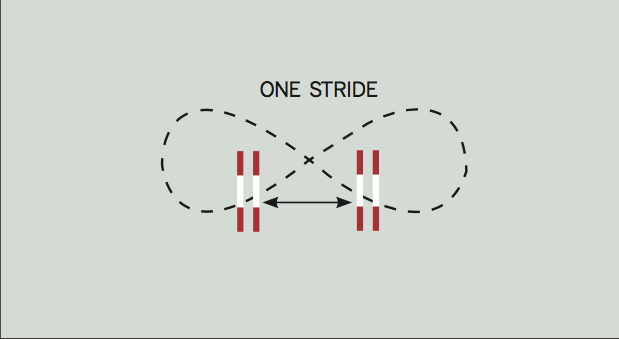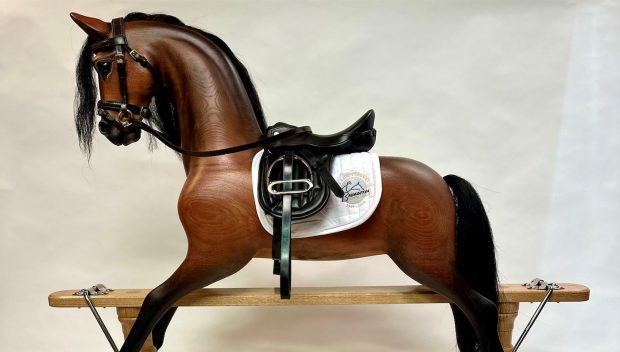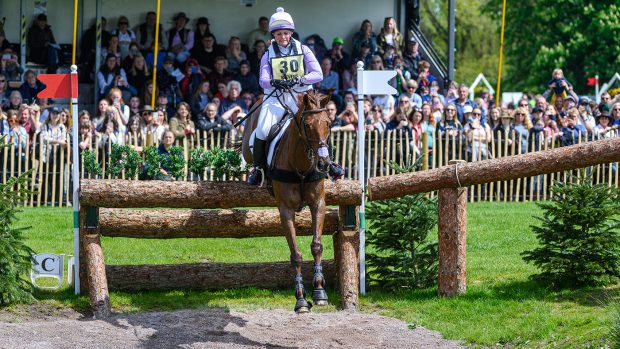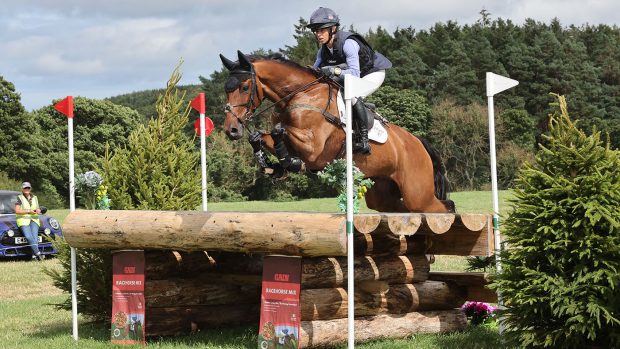The individual World champion shares a simple exercise to help develop your horse’s balance, turning and accuracy, using just two fences
Aim
The overall aim of this exercise is to improve your horse’s straightness, turning and balance. Jumping on an angle will test your horse’s responsiveness, and confirm he is on the aids. From a rider’s point of view, this exercise tests your ability to hold a line, and your awareness of where the horse’s body is travelling beneath you.
The exercise

1. Set up two fences in the school, one stride apart. I prefer two oxers, but it can be two uprights or a spread and an upright if you prefer.
2. Work in, and establish a good jumping canter. Begin the figure-of-eight exercise by approaching the first fence at approximately a 45° angle. Hold your line through the jump (keeping your aids firm to keep him straight), and then change the rein, turning a half-circle towards the second fence and jump this on the same angle, but in the other direction. The exercise should form a figure-of-eight over the two fences.
3. If you’ve set up the exercise towards the corner of the school, the approaching fence line will naturally encourage the horse to start turning and is a good way of teaching a horse to land on the correct canter lead.
4. To pick up where the horse’s weaknesses are, try setting up the exercise in the middle of the school. You’ll find the half-circle in one direction may be really small (the horse may try to fall in) and larger in the opposite direction (falling out). Riding this exercise in the middle of the school will test the rider’s accuracy if they are disciplined about the size of their half-circles.
Article continues below…
You might also be interested in:

11 things you might not know about eventing world champion Ros Canter
Here’s a run down of some facts you might not know about eventing’s first lady...

Subscribe to Horse & Hound this spring for great savings
Tips and pitfalls
- Make sure the rider is always looking ahead so the horse learns to follow the rider’s eye.
- Do not allow the horse to start anticipating and turn early — the rider must hold a straight line over the fence.
- Do not allow the horse to fall in or out on turns.
Would you like to read Horse & Hound’s independent journalism without any adverts? Join Horse & Hound Plus today and you can read all articles on HorseandHound.co.uk completely ad-free.



